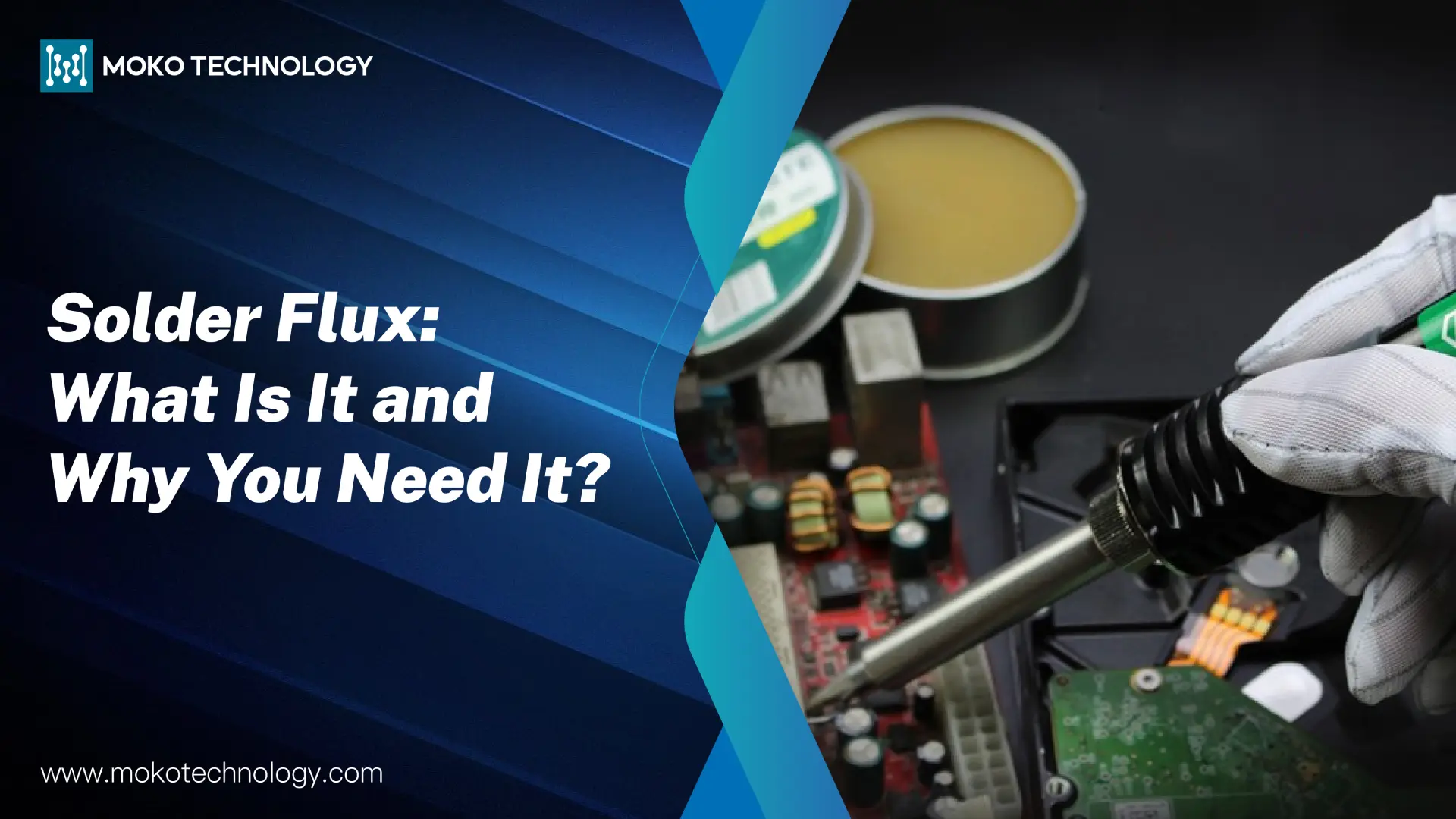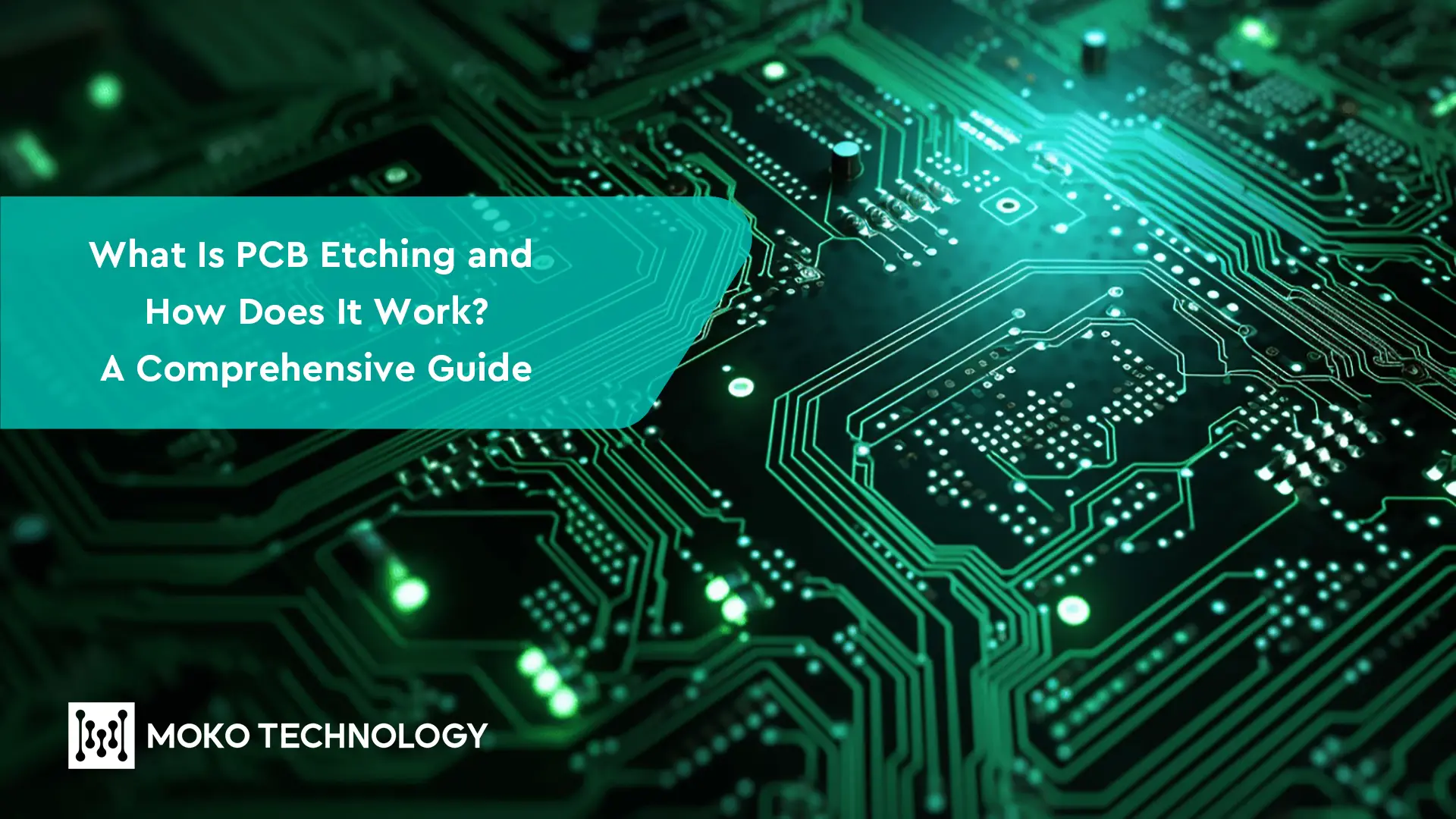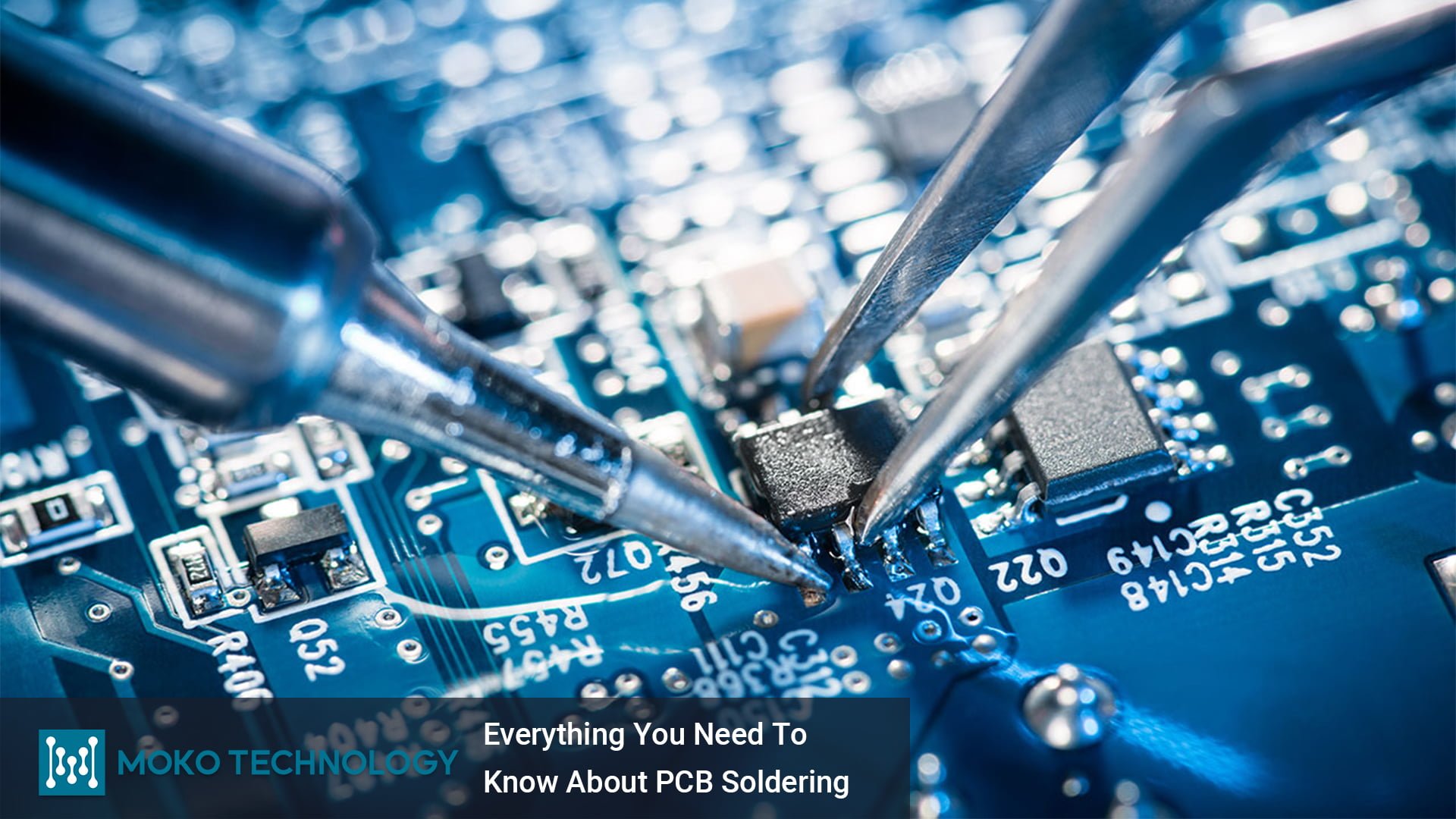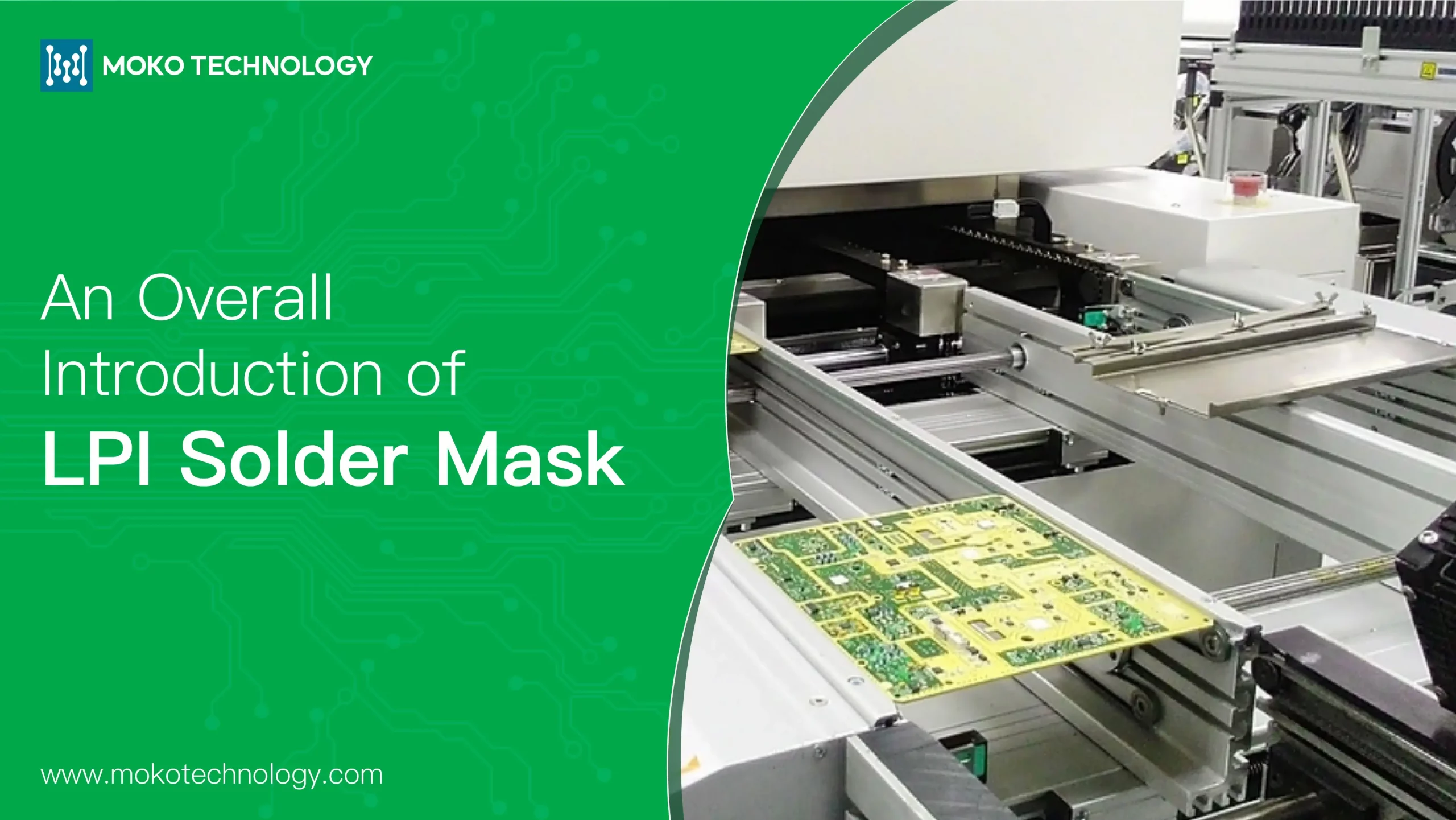En el proceso de montaje de PCB, soldar es un paso muy crítico. Mediante soldadura, Los componentes electrónicos se pueden montar firmemente en la placa PCB para lograr conexiones eléctricas.. La calidad de la soldadura determina el rendimiento y la vida útil del producto final., y un factor clave que afecta su calidad es el fundente de soldadura., aunque a menudo es ignorado por aquellos que no están familiarizados con el proceso de soldadura.. Entonces, ¿qué hace exactamente el flujo?? ¿Cómo deberíamos usarlo?? En este articulo, Presentaremos en detalle a este héroe indispensable pero anónimo.. Sigamos leyendo.
¿Qué es el fundente de soldadura??
El fundente de soldadura es un agente de limpieza químico que se utiliza para eliminar óxidos en la superficie de PCB y componentes electrónicos., También puede eliminar impurezas que pueden afectar el efecto de soldadura.. Hay muchos beneficios al usar flux. primeramente, Puede mejorar el contenido de humedad de la soldadura.. En segundo lugar, Puede prevenir la reoxidación del metal durante el proceso de soldadura., fortaleciendo así la soldadura.
Tres tipos de fundente de soldadura
Los fundentes de uso común se dividen principalmente en las tres categorías siguientes:
-
fundente de colofonia
En soldadura de placa de circuito impreso, El fundente de colofonia es uno de los primeros utilizados. Su materia prima es resina extraída de pinos.. La mayoría de los que se utilizan actualmente en el mercado son mezclas de colofonia y varios fundentes para mejorar el rendimiento.. Este flujo es inerte en estado sólido.. cuando se calienta, se derrite y se vuelve ácido para lograr el efecto de limpieza de óxidos. Una de sus desventajas es que dejará residuos en la superficie de la PCB., que debe retirarse lo antes posible después de completar la soldadura.
-
flujo orgánico
El fundente orgánico se conoce comúnmente como fundente soluble en agua debido a su característica principal.: Está compuesto de ácidos orgánicos. (u otros compuestos orgánicos) que son solubles en agua. Comparado con el fundente de colofonia, Tiene una capacidad de limpieza más fuerte y puede eliminar rápidamente los óxidos., por lo tanto, Es adecuado para procesos de soldadura automática de alta velocidad.. sin embargo, Es corrosivo y los residuos que quedan pueden afectar el rendimiento del componente o incluso provocar un cortocircuito si no se limpian adecuadamente..
-
flujo inorgánico
Como el nombre sugiere, Este tipo de fundente está compuesto principalmente de algunos compuestos inorgánicos como borato, fluoruro, cloruro, etc.. Tiene poderosas capacidades de limpieza que promueven una fuerte unión de soldadura.. Por lo tanto, A menudo se utiliza en metales más fuertes, incluido el latón., cobre, acero inoxidable, etc.. El fundente inorgánico es más rentable que otros tipos de fundente. sin embargo, Cabe señalar que es extremadamente corrosivo.. Entonces, Se requiere una limpieza cuidadosa después del uso de acuerdo con las instrucciones del fabricante..
| Característica | Flujo de resina | Flujo orgánico | Flujo inorgánico |
| Base Material | Resina de pinos | Ácidos orgánicos (Agua soluble) | Compuestos inorgánicos (p.ej., borato, fluoruro, cloruro) |
| Capacidad de limpieza | Moderado | Fuerte | Muy fuerte |
| Estado a temperatura ambiente | Sólido, inerte | Varía | Varía |
| Residuo | Deja residuos; requiere limpieza | Residuo corrosivo; necesita una limpieza profunda | Residuo altamente corrosivo; Se necesita una limpieza estricta |
| Uso típico | Soldadura general de PCB | Soldadura automática de alta velocidad | Metales como el latón, cobre, acero inoxidable |
Cómo elegir el fundente de soldadura adecuado?
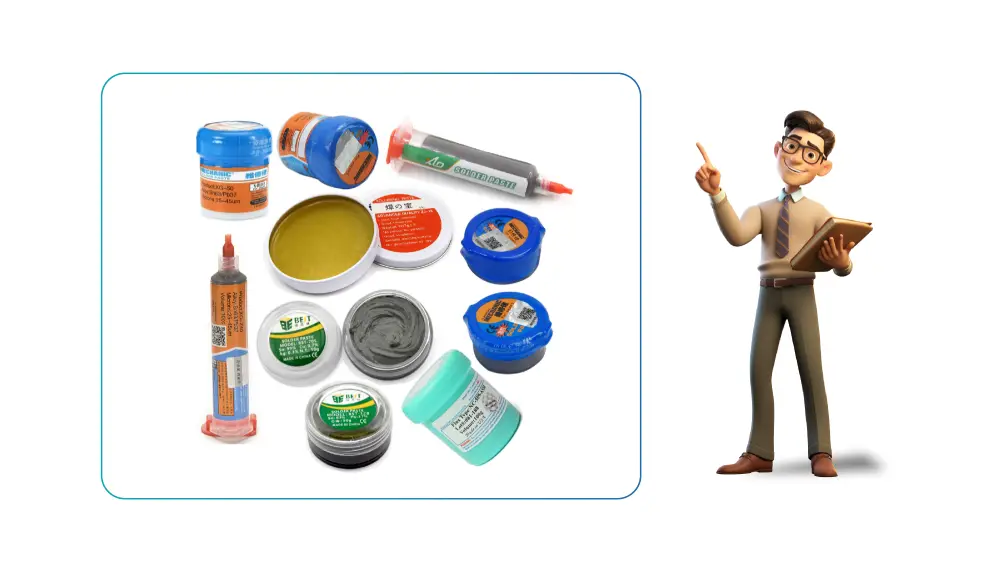
Para elegir el fundente adecuado hay que tener en cuenta varios factores, incluso:
- Requisitos de limpieza: Algunos tipos de fundente de soldadura tendrán residuos después de soldar., pero algunos no lo son. Y eliminarlos es un proceso que requiere mucho tiempo..
- Forma de flujo: El flujo viene en diferentes formas., como líquido, pegar, o un núcleo sólido dentro del propio alambre de soldadura.
- Tipos de metal soldado: Diferentes fundentes son adecuados para diferentes metales.. Por ejemplo, El fundente a base de colofonia es adecuado para soldadura de estaño y plomo..
- Rango de temperatura: Según la temperatura de soldadura, también es importante elegir el fundente de soldadura.. Si la temperatura es alta, Entonces deberíamos seleccionar un flujo más fuerte..
- Proceso de soldadura: Para soldadura SMT, debemos elegir el fundente sin limpieza o el fundente ligeramente activo, que puede minimizar el proceso de limpieza para mejorar la eficiencia. Mientras que el montaje de THT, porque sus componentes y uniones de soldadura son generalmente más grandes, Puede requerir el uso de un fundente más activo y de limpieza para garantizar la confiabilidad de las uniones de soldadura..
Otras lecturas: Orificio pasante versus. Montaje superficial: Cómo elegir el método correcto
Cómo utilizar fundente de soldadura?
A continuación enumeramos los pasos para usar flux.:
- Utilice alcohol isopropílico y un paño no tejido para limpiar la superficie de la PCB y los componentes para eliminar el polvo y la suciedad..
- Aplique el fundente de soldadura uniformemente, calentar la punta del soldador, y colóquelo en los contactos metálicos que están cubiertos de fundente..
- Cuando el fundente se vaporiza, Derrita el alambre de soldadura para asegurarse de que la soldadura se una antes de que pueda ocurrir nuevamente la oxidación..
- Retire los residuos después de soldar si es necesario utilizando disolvente y cepillo..
- Verifique la calidad de la soldadura para evitar problemas como juntas frías., puentes de soldadura, y soldadura insuficiente.
Otras lecturas: ¿Qué es y cómo prevenirlo??
La soldadura de PCB es un proceso que requiere experiencia y conocimientos profesionales.. El tipo de soldadura seleccionado y el proceso de soldadura son cruciales. Si no tienes experiencia en esto, por favor póngase en contacto con MOKO Tecnología – Un fabricante profesional de ensamblajes de PCB para obtener asesoramiento..
Preguntas frecuentes sobre el fundente de soldadura
¿Cuál es la diferencia entre fundente de soldadura y pasta de soldadura??
El objetivo principal del uso de fundente de soldadura es limpiar la superficie de la PCB y los componentes para soldar.. Mientras que para soldar pasado, además de la limpieza, tiene otra función importante: Proporcionar la aleación de metal real que formará la unión de soldadura una vez derretida..
¿Es necesario el fundente de soldadura??
Absolutamente sí. Sin fundente de soldadura, El polvo y los óxidos en la superficie de la PCB afectarán la firmeza de la soldadura.. Como resultado, Pueden ocurrir muchos problemas de soldadura..
¿De qué está hecho el fundente de soldadura??
Dependiendo de los diferentes tipos de fundente de soldadura., Los materiales del fundente de soldadura también son varios.. Como se mencionó, El fundente de colofonia generalmente se elabora a partir de colofonia que se deriva de la savia de pino.. Mientras que para el flujo inorgánico, el material principal son compuestos inorgánicos como el borato, fluoruro, cloruro, y así.
